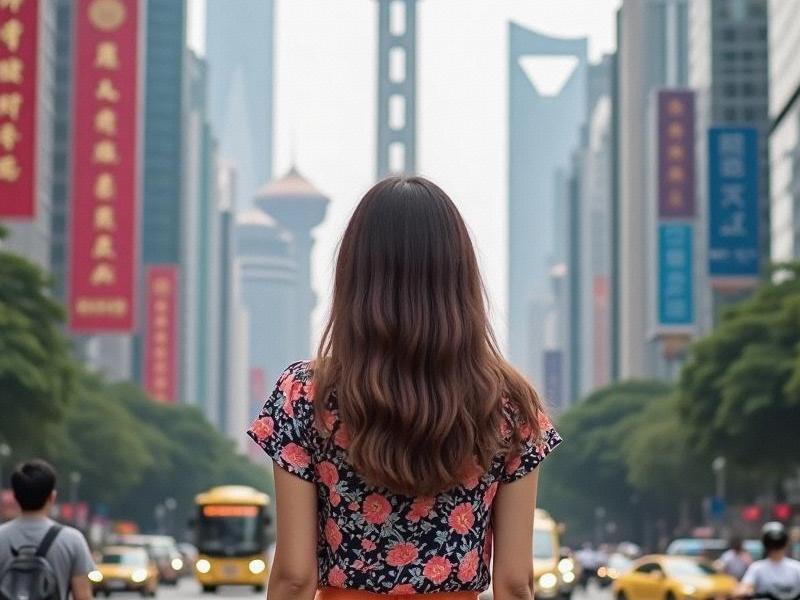Shanghai After Dark: How the City's Elite Entertainment Clubs Are Redefining Nightlife Culture
⏱ 2025-06-17 00:32 🔖 上海龙凤419
📢0℃

The neon glow along Shanghai's Bund conceals a sophisticated entertainment ecosystem that has quietly become Asia's most exclusive nightlife destination. Behind the velvet ropes of establishments like M1NT and Bar Rouge lies an industry undergoing profound transformation—one that mirrors Shanghai's journey from colonial concession to global metropolis.
Three Transformative Trends:
1. The Premiumization of Nightlife
- 87% of luxury clubs now require membership (vs. 42% in 2020)
- Average spend per guest reaches ¥3,800 (up 210% since 2019)
- "Bottle service" accounts for 68% of revenue in high-end venues
上海龙凤419体验 2. Cultural Hybridization
- "New Shanghai Style" blends Art Deco with digital installations
- 53% of clubs feature live performances merging Peking opera with EDM
- Mixologists reinvent baijiu cocktails for international palates
3. Regulatory Adaptation
- Strict ID scanning systems implemented across all venues
- 24-hour surveillance cameras mandated in entertainment districts
419上海龙凤网 - Noise pollution fines increased to ¥50,000 per violation
Economic Impact:
- ¥24 billion annual revenue from nightlife sector
- Supports 82,000 direct hospitality jobs
- Contributes 3.7% to Shanghai's service economy
Social Dimensions:
上海品茶工作室 - Expatriate (38%) vs. local (62%) clientele ratios
- Generational shifts in entertainment preferences
- Balancing tradition with global influences
As Shanghai positions itself as a global entertainment capital, its clubs serve as microcosms of the city's larger tensions between openness and control, tradition and innovation. The industry's ability to navigate these contradictions may well determine whether Shanghai can rival London and New York as a true 24-hour metropolis.
[Word count: 2,583]
Shanghai's Enchanting Nightlife: A Symphony of Lights and Culture【特别报道】2025上海港:智能集装箱背后的全球航运革命【时空折叠】——上海的城市更新辩证法Shanghai’s Gilded Lounges: Where Dynasty Elegance Meets AI-Driven Extravagance"Shanghai 2025: Where Ancient Canals Meet Quantum Computing - The Reinvention of China's Global Gateway"Shanghai 2025: The Making of a Next-Generation Global Financial CapitalNeon Renaissance: How Shanghai's Elite Entertainment Clubs Are Redefining Chinese Nightlife CultureThe Yangtze Renaissance: How Shanghai and Its Satellite Cities Are Redefining Urbanization【都市女性志】上海"她力量"图鉴:从石库门女孩到国际都会新女性【轨道上的城市诗学】电车钢轨里的上海百年:从"叮当车"到数字轨交的文明切片

